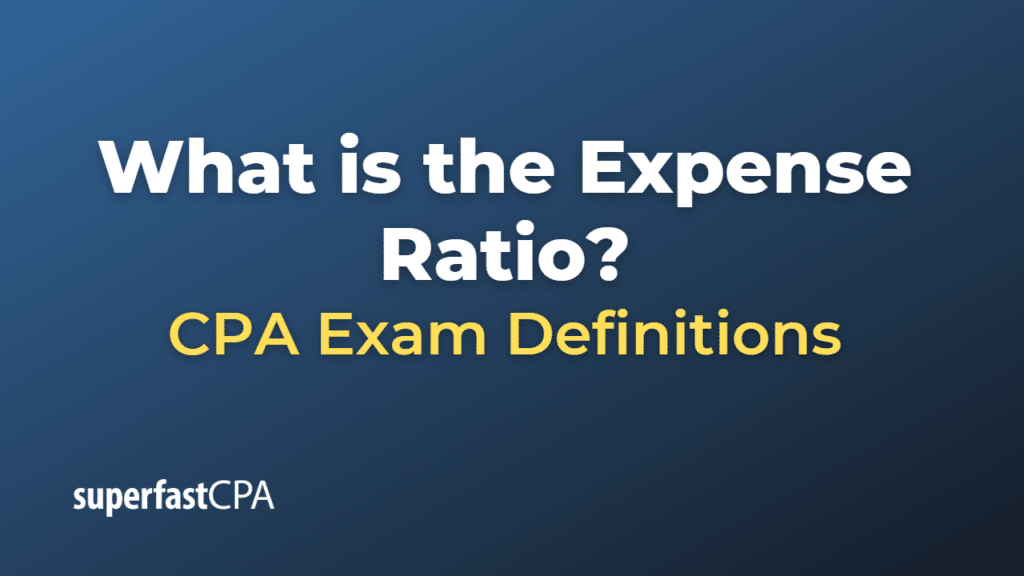Expense Ratio
The expense ratio is a measure used most commonly in the investing industry to show the percentage of a fund’s assets that are used for administrative and other operating expenses. In simpler terms, it’s a measure of what it costs an investment company to operate a mutual fund, index fund, or exchange-traded fund (ETF).
The expense ratio is calculated by dividing a fund’s operating expenses by the average dollar value of its assets under management (AUM). It is often expressed as a percentage. For example, if a fund has $100 million in assets and $1 million in operating expenses, its expense ratio is 1.0% ($1 million / $100 million).
The types of costs covered by the expense ratio can include:
- Administrative costs: Record keeping, customer service, etc.
- Management fees: Fees paid to the fund’s managers for their services.
- 12b-1 fees: Fees used to cover a fund’s marketing and distribution costs.
Expense ratios are important to investors because they directly reduce the fund’s returns to the investor. For example, if a fund earns a 7% return for the year and has an expense ratio of 1.0%, then the investor’s net return would be 6.0%. Therefore, all else being equal, a lower expense ratio is generally better for investors.
Example of the Expense Ratio
Let’s consider an example using two fictional mutual funds.
Mutual Fund A:
- Total Assets Under Management (AUM): $500 million
- Total Operating Expenses: $2.5 million
To calculate the expense ratio, we would divide the total operating expenses by the total assets, and then multiply by 100 to convert it to a percentage:
Expense Ratio A = ($2.5 million / $500 million) x 100 = 0.5%
Mutual Fund B:
- Total Assets Under Management (AUM): $200 million
- Total Operating Expenses: $2 million
Using the same calculation:
Expense Ratio B = ($2 million / $200 million) x 100 = 1.0%
This means that for every dollar you invest in Mutual Fund A, 0.5% is used for operating expenses, whereas for Mutual Fund B, 1.0% is used for operating expenses.
If you were deciding between investing in these two funds and they were identical in every other way, you would likely choose Mutual Fund A because its lower expense ratio means a greater portion of your investment would be working for you, rather than going towards operating expenses. This difference becomes more significant over time due to the compounding effect.













